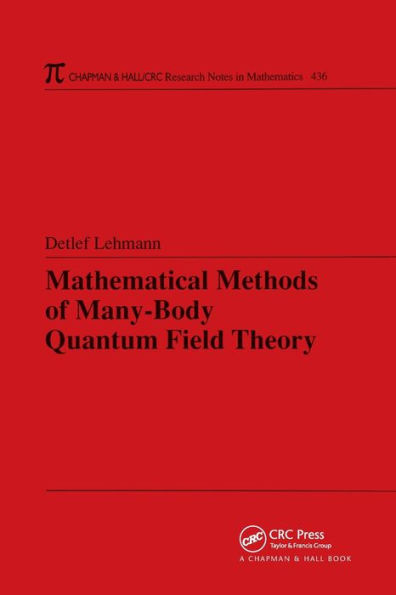5
1
9780367393908



Mathematical Methods of Many-Body Quantum Field Theory / Edition 1 available in Hardcover, Paperback

Mathematical Methods of Many-Body Quantum Field Theory / Edition 1
- ISBN-10:
- 0367393905
- ISBN-13:
- 9780367393908
- Pub. Date:
- 09/05/2019
- Publisher:
- Taylor & Francis
- ISBN-10:
- 0367393905
- ISBN-13:
- 9780367393908
- Pub. Date:
- 09/05/2019
- Publisher:
- Taylor & Francis

Mathematical Methods of Many-Body Quantum Field Theory / Edition 1
$82.99
Current price is , Original price is $82.99. You
82.99
In Stock

Product Details
| ISBN-13: | 9780367393908 |
|---|---|
| Publisher: | Taylor & Francis |
| Publication date: | 09/05/2019 |
| Series: | Chapman & Hall/CRC Research Notes in Mathematics Series , #436 |
| Pages: | 264 |
| Product dimensions: | 6.12(w) x 9.19(h) x (d) |
About the Author
From the B&N Reads Blog
